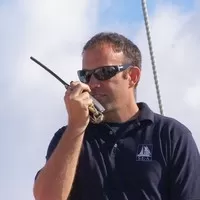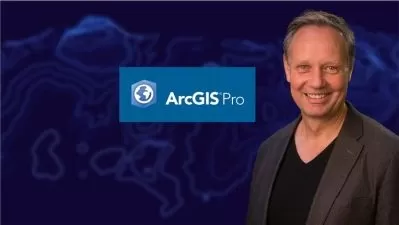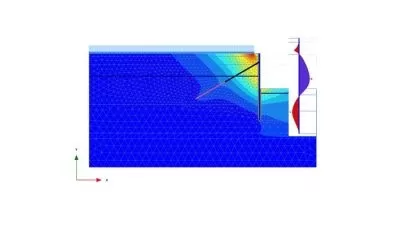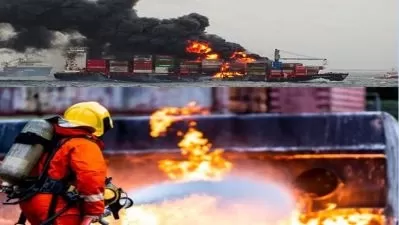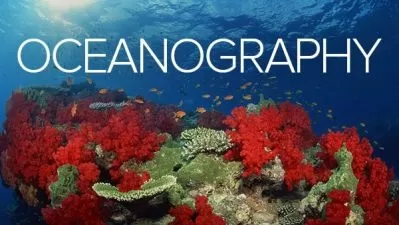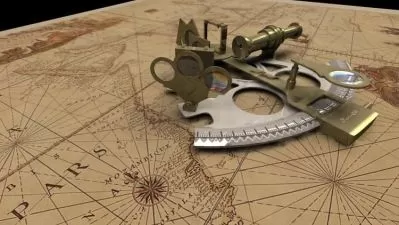Radar for Sailors and Boaters
Christopher D. Nolan
7:16:48
Description
Using radar to navigate more safely on the water
What You'll Learn?
- Understand the principles of radar and operational controls of a commercial marine radar.
- Understand the basics of relative motion, speed, distance, and time to aid in collision avoidance.
- Understand the Collision Avoidance Regulations (COLREGS) as pertaining to marine radar.
- Understand the use of marine radar for navigation.
Who is this for?
What You Need to Know?
More details
DescriptionThis course is derived from a commercial course for Radar Observer for professional mariners, but tailored to an audience that suits all sailors and boaters.Â
The course discusses the following concepts:
Overview of radar theory and factors affecting radar performance.
Operational controls for a radar, demonstrated by the Bridgemaster-E radar set, which is similar to many radar sets in modern navigation.
Fundamentals of relative motion, speed, distance, and time, to help you better understand the power of radar as a navigational and collision avoidance tool.
The Collision Avoidance Regulations (COLREGS) as pertaining to radar.
The use of radar as a navigational tool for marine navigation.
Advanced concepts of maneuvering boards and vector analysis for determining the course, speed, and closest point of approach of a nearby radar target.
This course uses the Bridgemaster-E Radar and a maritime simulator to describe concepts and problems in maritime navigation.Â
The course is based on the International Maritime Organization's requirements for "Radar at the Operational Level" and is based on domestic USA courses such as "Radar Observer Unlimited" which often cost over $1000 dollars. The course is distilled and targeted for all mariners, but still includes challenging concepts and advanced details about radar and collision avoidance - it is not a cakewalk! The course does not discuss installation, power management, or operation of small recreational radars but instead uses commercial and professional discussions to help you understand radar at a fundamental level - helping you operate ANY radar more efficiently.
The course is presented by Captain Chris Nolan, a licensed mariner at 1600/3000 Tons upon all oceans and a professional maritime instructor at a certified maritime training provider in the United States. Chris also sails as captain of tall ships in the United States and serves as a Coast Guard reservist.
Who this course is for:
- This course is intended for recreational or commercial mariners, sailors and boaters looking to understand more about marine radar. This course is taught to a professional standard, but tailored for the audience.
This course is derived from a commercial course for Radar Observer for professional mariners, but tailored to an audience that suits all sailors and boaters.Â
The course discusses the following concepts:
Overview of radar theory and factors affecting radar performance.
Operational controls for a radar, demonstrated by the Bridgemaster-E radar set, which is similar to many radar sets in modern navigation.
Fundamentals of relative motion, speed, distance, and time, to help you better understand the power of radar as a navigational and collision avoidance tool.
The Collision Avoidance Regulations (COLREGS) as pertaining to radar.
The use of radar as a navigational tool for marine navigation.
Advanced concepts of maneuvering boards and vector analysis for determining the course, speed, and closest point of approach of a nearby radar target.
This course uses the Bridgemaster-E Radar and a maritime simulator to describe concepts and problems in maritime navigation.Â
The course is based on the International Maritime Organization's requirements for "Radar at the Operational Level" and is based on domestic USA courses such as "Radar Observer Unlimited" which often cost over $1000 dollars. The course is distilled and targeted for all mariners, but still includes challenging concepts and advanced details about radar and collision avoidance - it is not a cakewalk! The course does not discuss installation, power management, or operation of small recreational radars but instead uses commercial and professional discussions to help you understand radar at a fundamental level - helping you operate ANY radar more efficiently.
The course is presented by Captain Chris Nolan, a licensed mariner at 1600/3000 Tons upon all oceans and a professional maritime instructor at a certified maritime training provider in the United States. Chris also sails as captain of tall ships in the United States and serves as a Coast Guard reservist.
Who this course is for:
- This course is intended for recreational or commercial mariners, sailors and boaters looking to understand more about marine radar. This course is taught to a professional standard, but tailored for the audience.
User Reviews
Rating
Christopher D. Nolan
Instructor's Courses
Udemy
View courses Udemy- language english
- Training sessions 58
- duration 7:16:48
- English subtitles has
- Release Date 2022/11/22





